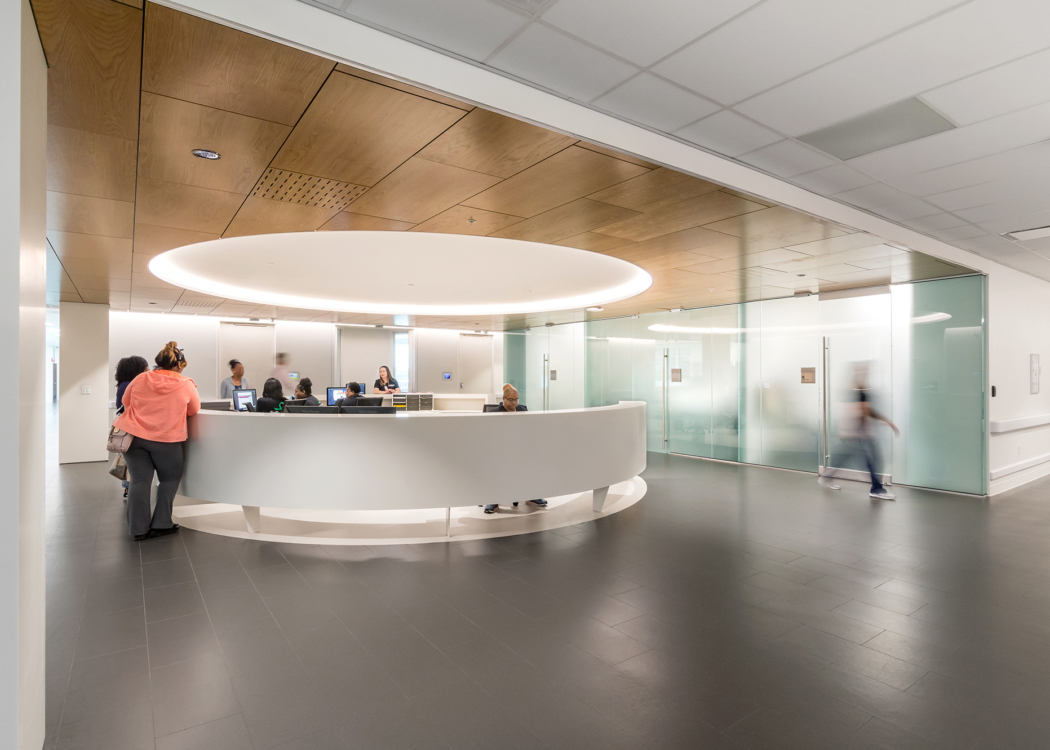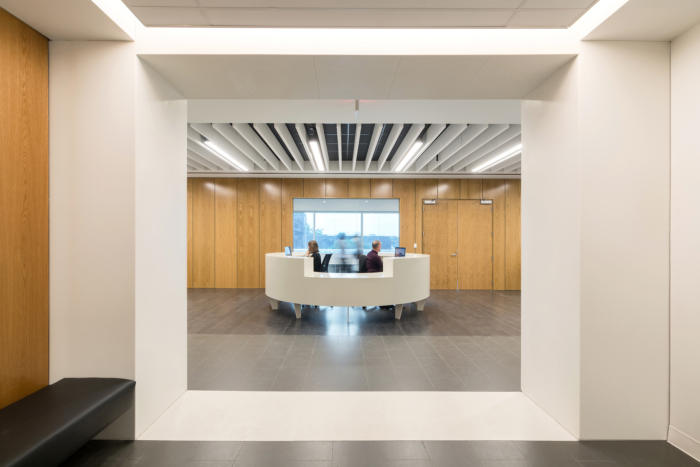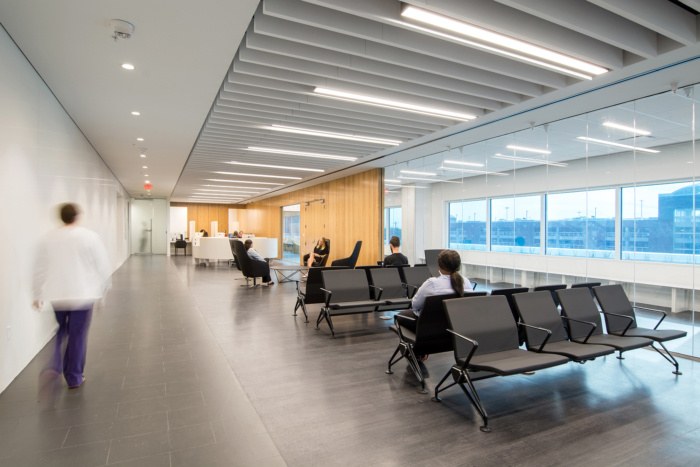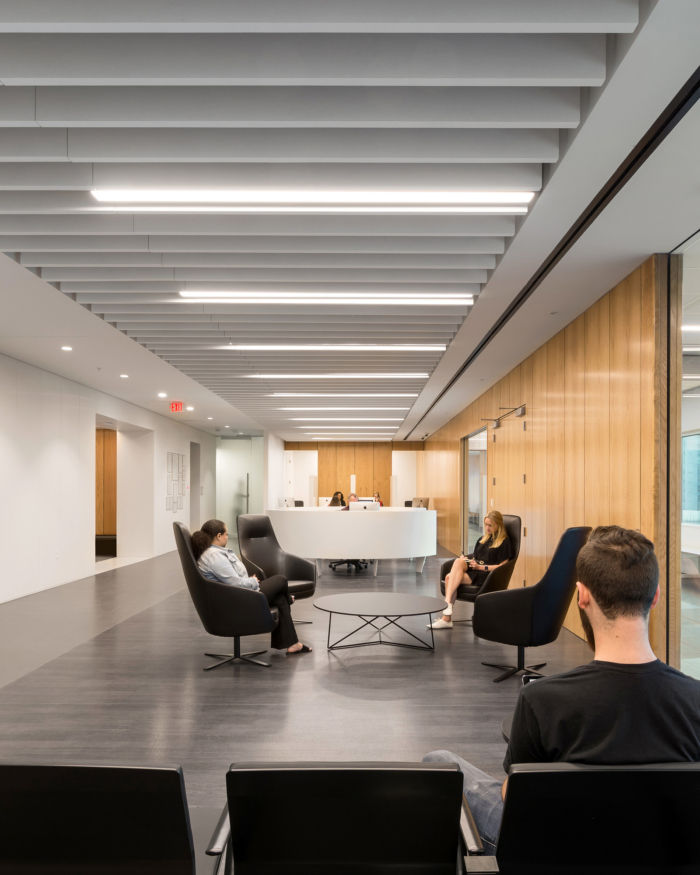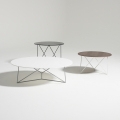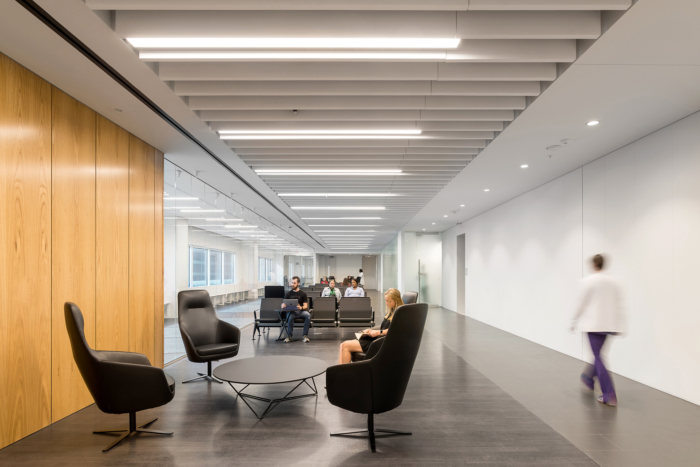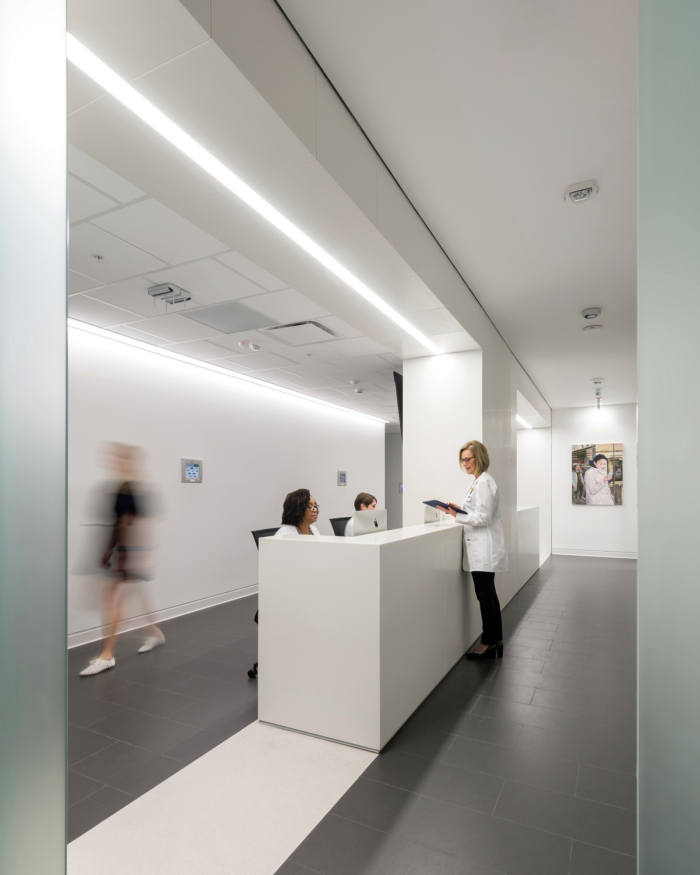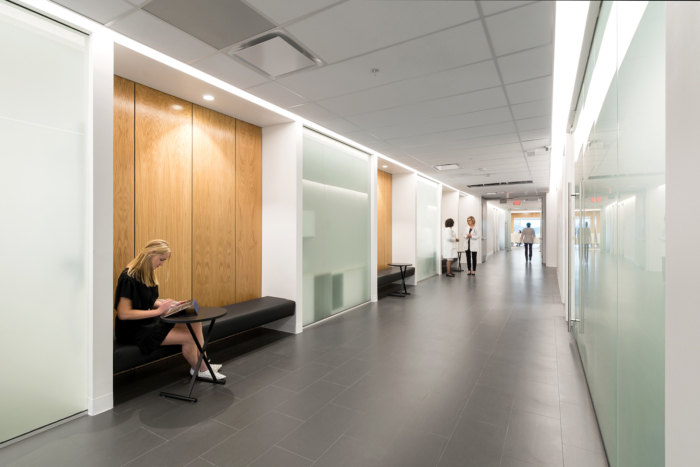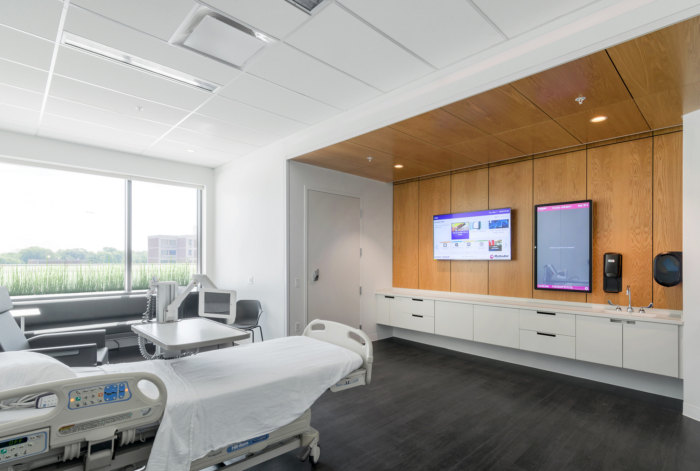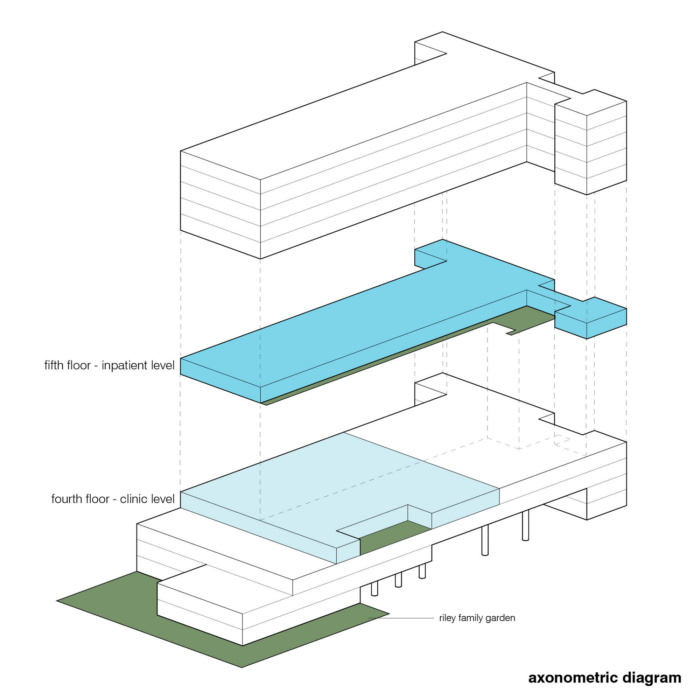James D. Eason Transplant Institute at Methodist University Hospital
archimania completed the James D. Eason Transplant Institute at Methodist University Hospital in Memphis, Tennessee.
James D. Eason Transplant Institute is the world’s leading institute in steroid-free liver transplantation that prolongs the lives of hundreds of patients from all walks of life around the globe. The project seamlessly integrates interior design, architecture and innovative healthcare design to mitigate infectious disease, accommodate multi-generational needs and provide critical access to the healing qualities of light and nature. The project successfully supports all aspects of care while also responding to an existing antiquated framework further stressed by increased patient numbers after Steve Jobs’ onsite liver transplant.
archimania led visioning workshops to better understand the Institute’s diverse needs of the patient, caregiver, healthcare provider, and support personnel. The design intends to enhance the delivery of care before, during, and after a transplant. The team worked to create a more humanized and progressive patient care experience that maximizes the use of actual and perceived natural daylight to expedite healing while decreasing perceived wait times. Through the placement of glass layering, nearly 100% of the occupiable space has views to the outside or to daylight, which is unusual in a healthcare environment.
The client challenged the design team “to go beyond the norms of today’s healthcare prescriptiveness, and to elevate the typology of healthcare through design initiatives that better facilitate a patient center care model to positively enhance the healing experience for all.” The design team prioritized the unique experiences and needs of all users including patients, caregivers, visitors, healthcare providers, supporting personnel, and even the greater philanthropic community. Beyond the interior, the client also desired to connect with the surrounding urban context to enhance patient care as it had virtually no dedicated outdoor community park space where a patient could put their “toes in the grass.” Transplant patients and their caregivers often spend countless weeks or months within the walls of the Institute, further emphasizing the need for a better spatial environment.
Architect: archimania
Photography: courtesy of archimania

